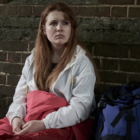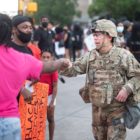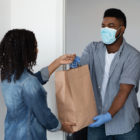
Opinion: Collective Decision-making Can Neutralize Politics of Fear
|
(Series: Part 3 of 7)
Part 1: How Do We Make Youth Homelessness Effort Bipartisan? Part 2: America’s Biases Marginalize Youth, Drive Them to Homelessness
Judge Teske first used collective decision-making beginning in 2003 to reform his local juvenile justice system, which has netted an 80% decline in juvenile arrests. Most striking, however, is how it was employed at the statewide level in the Georgia juvenile justice reform effort to net a 57% reduction in youth committed to state facilities, which resulted in the closure of three secured facilities.
Most striking is that juvenile arrests have declined 60% since 2008 and continued to fall following the enactment of the reforms.
The relevance of these outcomes is that they were influenced by reforms that are counterintuitive to the conservative majority in the Georgia legislature, and they were passed unanimously. This accomplishment was made possible using the collective decision-making approach that effectively depoliticized the policymaking process. Criminal justice reform is the best example of this because law and order issues are often politicized, especially by conservatives relying on a deterrence model of crime and punishment that emphasizes the severity of punishment (longer sentences) compared to the certainty of sentencing, which studies show are more effective.
The history of crime and punishment in America is replete with politicizing rhetoric, mostly from conservatives, to influence the emotions of voters using emotional campaign slogans that are not supported by empirical evidence.








